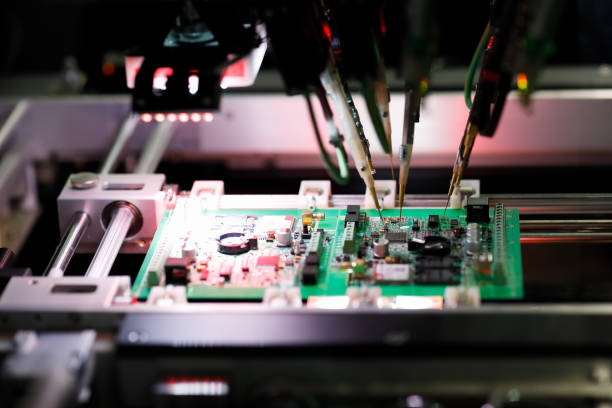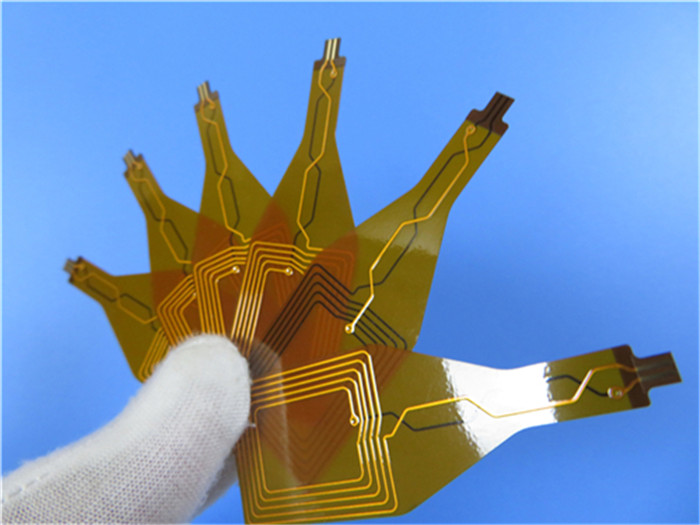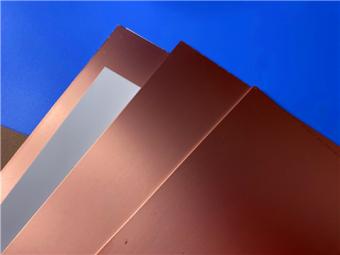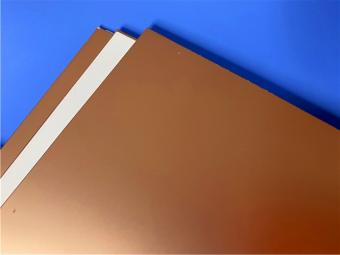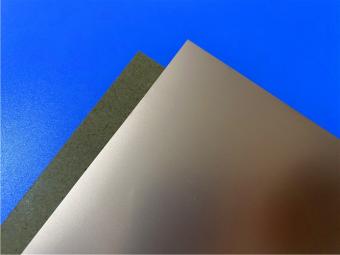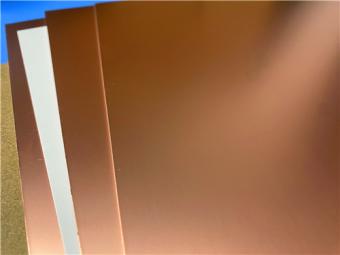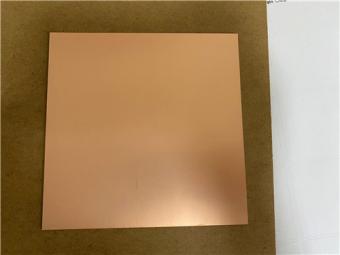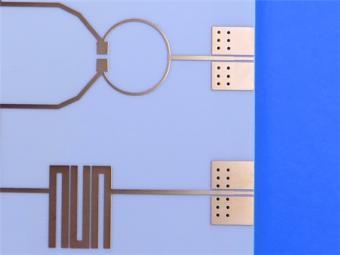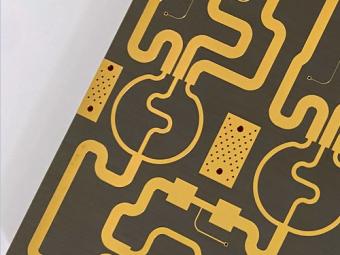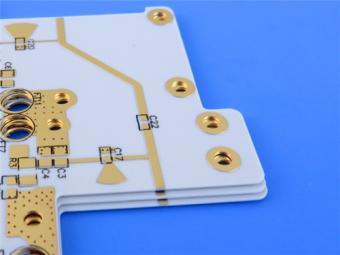New Energy Vehicle with Fire FPC
New energy vehicle with fire FPC At present, there are too many orders for in-vehicle FPC (flexible circuit board FPC), and its products have been used in many well-known new energy vehicle brands. Chairman Li Qiang revealed that the company's production capacity is continuing to expand, and in the future, it will increase the research and development and production capacity expansion of new energy vehicle soft boards and consumer electronics soft boards. FPC is a type of printed circuit board (PCB), which is widely used in communications, consumer electronics, and automotive fields. In traditional fuel vehicles, FPC is required for car lights, instrument panels, steering wheels, etc. The electrification and intelligence of automobiles have opened up a broader market space for FPC, and power batteries, sensors, and cameras need to use FPC. Taking batteries as an example, the new energy vehicle power battery collection line used traditional copper wire harness solutions. Compared with traditional wiring harnesses, FPC flexible circuit boards have high integration, automatic assembly, assembly accuracy, ultra-thin thickness, ultra-softness, Lightweight and many other advantages, especially in terms of automation and lightweight, provide a cheap for battery companies to improve production efficiency and save unit production costs. With the gradual popularization of new energy vehicles, in the context of declining subsidies and battery prices, battery companies need to introduce and apply new materials in power batteries in order to reduce costs. In recent years, through continuous improvement of the process, FPC manufacturers have further reduced the price of FPC for power batteries. With the joint promotion of power batteries and FPC manufacturers, the introduction environment of domestic FPC in the field of power batteries has been greatly improved, and it is gradually being adopted. It is widely adopted by various power battery manufacturers, and FPC is expected to be imported in large quantities. On the other hand, among the FPC raw materials, the cost of copper clad laminates accounts for a high proportion. Yan Fan, an analyst at China Merchants Securities, said that the price pressure of copper clad laminates is expected to be eliminated in 2022. From an investment point of view, FPC products of new energy vehicle power batteries require a certain verification period, and manufacturers that have entered the supply chain of car factories and battery factories have a first-mover advantage. In addition, FPC manufacturers that take the lead in deploying downstream integrated products CCS can further increase the value of bicycles, which is worthy of attention. In addition, material and equipment suppliers are also expected to benefit from it. Fangbang is the first domestic research and development, production, sales and An enterprise integrating service, Hongxin Electronics and Jingwang Electronics are its customers; Oat Technology has provid...

 Call Us Now !
Tel : +86 755 27374946
Call Us Now !
Tel : +86 755 27374946
 Order Online Now !
Email : info@bichengpcb.com
Order Online Now !
Email : info@bichengpcb.com


